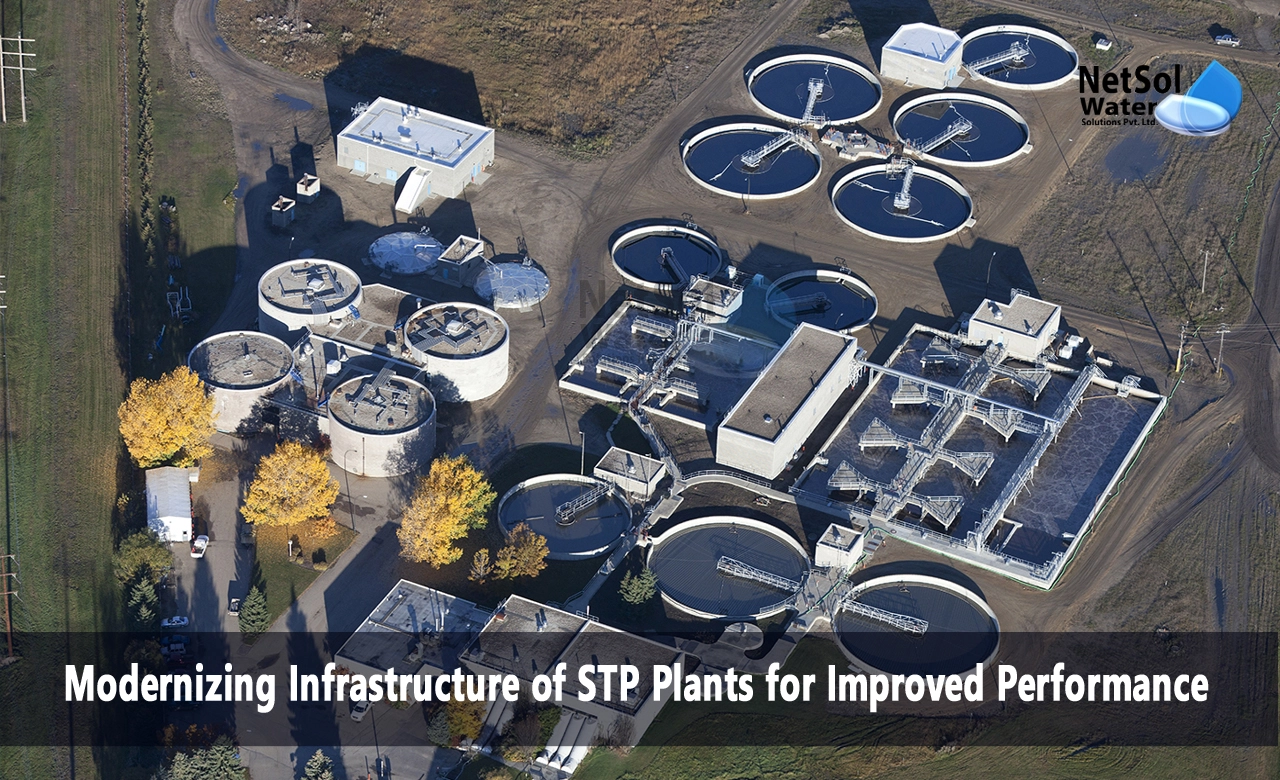Sewage treatment plants (STPs) play a vital role in treating wastewater from homes and industries before discharging it back into the environment. As populations grow and environmental regulations tighten, many existing STPs are struggling to meet discharge standards and require upgrading. Modernizing aging infrastructure is crucial for STPs to function efficiently and meet effluent quality guidelines. This blog examines key areas where infrastructure improvements can optimize STP performance.
How to Modernize Infrastructure of Sewage Treatment Plants?
1- Upgrading Preliminary Treatment
The preliminary treatment section is the first stage of wastewater cleanup at STPs. It involves screening out large debris and grit through bar screens, comminutors, and grit chambers. Upgrading these systems with automated mechanized screens, compact grit removal equipment, and optimized channel designs increases reliability and prevents clogging further down the treatment train. Introducing flow equalization tanks is another effective way to handle hydraulic surges and regulate influent flows for more stable operation. Pretreating high-strength industrial wastewater prior to mixing also reduces load fluctuations and improves control.
2- Enhancing Primary Treatment
The primary stage uses physical methods like sedimentation to remove suspended solids and organic matter. To enhance removal efficiency, primary clarifiers can be retrofitted with tube settlers, plate settlers, or advanced lamella clarifier designs. These systems increase surface area and prevent solids from washing out. Coagulant or polymer addition ahead of clarifiers improves particle aggregation and settling. Overflow rates can also be reduced by building additional clarification tanks to lengthen sludge retention time. Skimming devices and improved scum collection help reduce scum overloads and system upsets. Aeration within primary settlers is another option to increase organic removal.
3- Optimizing Biological Treatment
Secondary treatment uses biological processes to further treat effluent from primary clarification. This includes aerobic systems like activated sludge and trickling filters that remove organics and nutrients. Key upgrades for activated sludge systems include installing more efficient diffused aeration devices, using pure oxygen instead of air, and designing compact bioreactors to increase treatment capacity. Adding anoxic zones for denitrification and flexible cycling between anaerobic, anoxic, and aerobic modes (A2O) help meet stringent nitrogen limits. Fixed-film and moving-bed bioreactors are other compact technologies that can boost treatment efficiency. For trickling filters, recirculation media improves contact and modularity offers expansion flexibility. Advanced controls and online monitoring also help optimize biological treatment performance.
Conclusion
Upgrading aging STP plants is essential for meeting today's wastewater treatment standards and environmental regulations. Preliminary treatment, primary treatment and biological treatment systems can all benefit from modern enhancements that increase reliability, capacity and process control. Though capital investments are required, optimizing STP performance pays dividends through more efficient operation, reduced energy costs and avoidance of permit violations. Aging plants need not be replaced entirely; strategic upgrades to infrastructure allow incremental modernization to meet community needs.
Do you need an advice or assistance on selecting the best water and waste water treatment unit? We have solutions for all your problems!
Let us know your problem, our experts will make sure that it goes away.
For an assistance or related query,
Call on +91-965-060-8473 Or write us at enquiry@netsolwater.com



